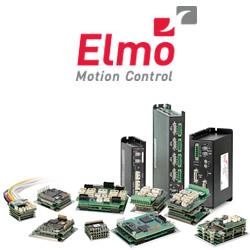Upcoming Tradeshow, Conference & Exhibition Summary
March, April & May 2015
Novice Art Blogger
Why I Automate: Manufacturer Finds Promising Gains with Automation
Voxel8: 3D Electronics Printing
NVIDIA Drive PX
VERSABALL Beer Pong Robot
Four Robotics Related Kickstarters For January
Robot Learning Manipulation Action Plans by "Watching" Unconstrained Videos from the World Wide Web
2014 Robotics In A Word: "MORE"
Double Delta And Triple Delta Arms
Intuitive Robot Programming for Flexible Aerospace Manufacturing
World's First Robotic Entertainment On The High Seas For Royal Caribbean International
John Carmack On Modern C++
Underactuated Rotor For Simple Micro Air Vehicles
Robotic Farming For The Future
Records 3061 to 3075 of 3727
First | Previous | Next | Last
Featured Product

Elmo Motion Control - The Platinum Line, a new era in servo control
Robotics and Automation - Featured Company

